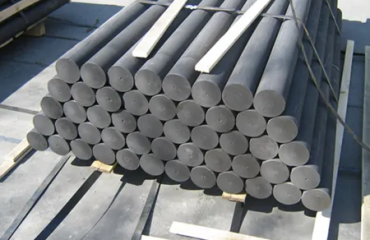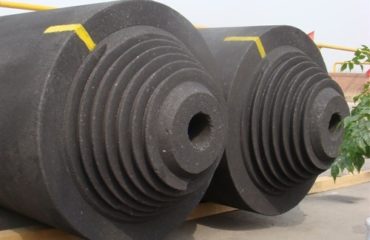Many factors have been shown to influence the behaviorof the SEI on a natural graphite anode. The nature of thecarbon and the composition of the electrolyte are the mostimportant and the most studied. The electrolyte com-position will affect the amount of solvent co -intercalation that will precede or accompany the formation of the pas-sivating layer on the graphite and the first intercalation of the Li ions into the graphite. EC-based solvents are thoughtto react to form an SEI layer that prevents solvent interca-lation.
The nature of the Li salt has been shown to af-fect the composition of the SEI since it clearly takes part inthe formation reaction. Several studies have been carriedout on the effect of particle size, morphology, and surfacearea on the charge consumed by the formation of the SEI.Zaghib et al. report that the amount of SEI formation in-creases with graphite surface area. Peled et al. and Zaghib et al.examined the SEI dependence on carbonmorphology, namely the edge versus basal plane sites. Theedge-site SEI was shown to be significantly thicker than theSEI on the basal plane. They also found a compositiondifference, i.e. a large amount of inorganic LiF-type speciesin the edge-site SEI with a more organic SEI on the basalplanes. Zaghib et al. did not study the sites individually, butfound a larger inreversible capacity loss on thin flakygraphite than thick, despite the lower fraction of edge sitesto basal plane sites in the former.


